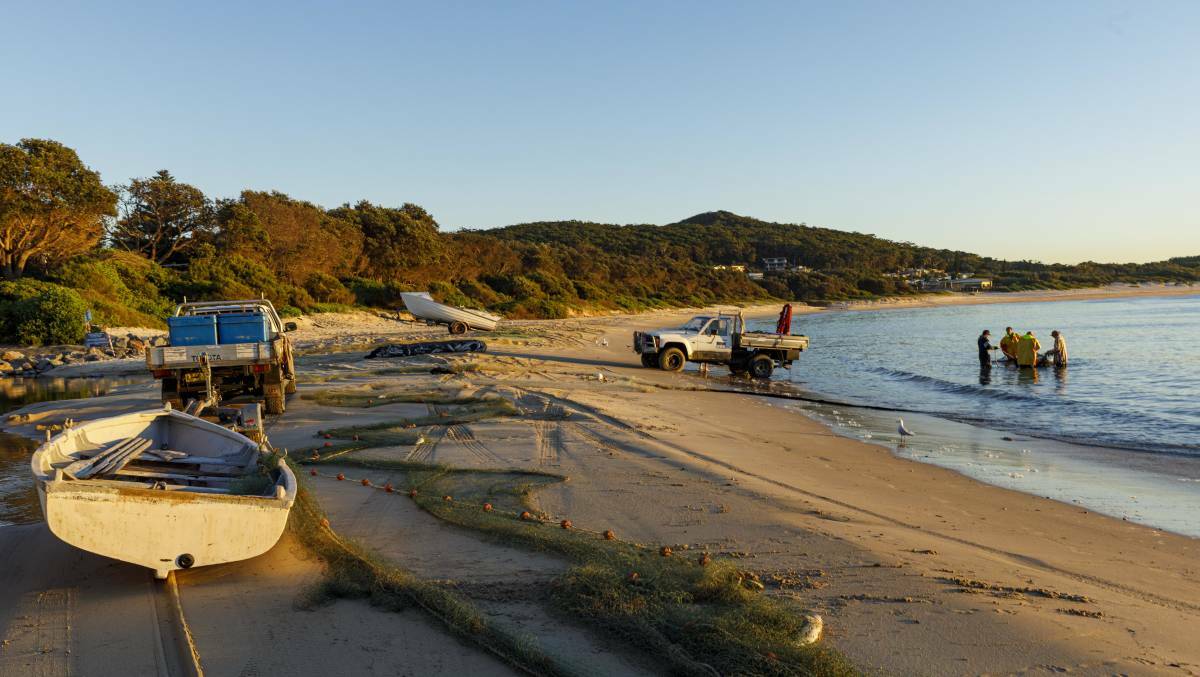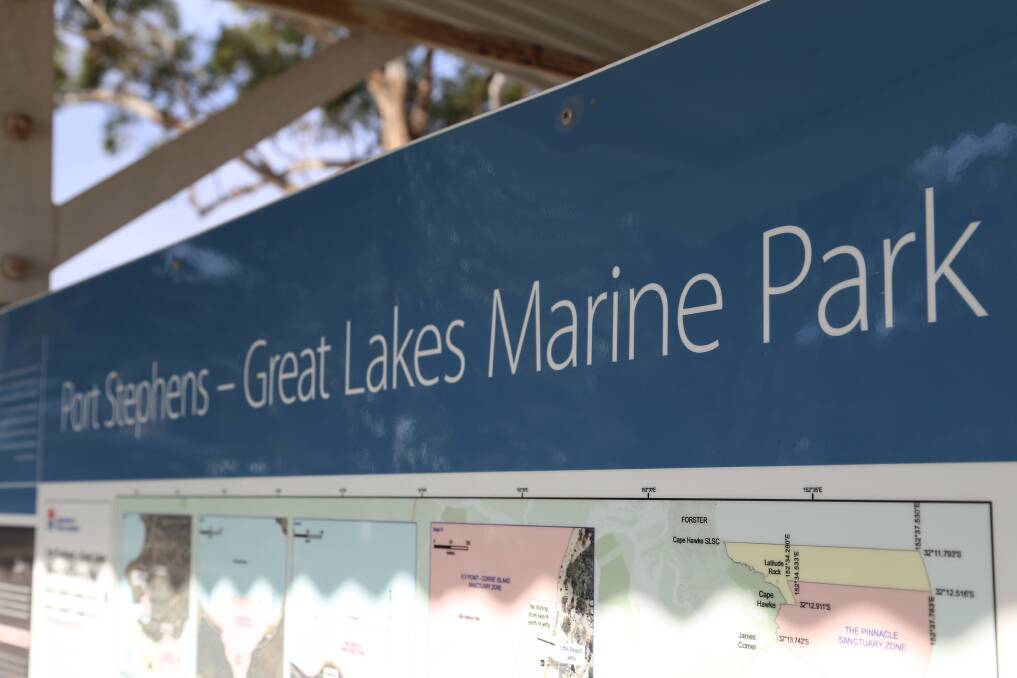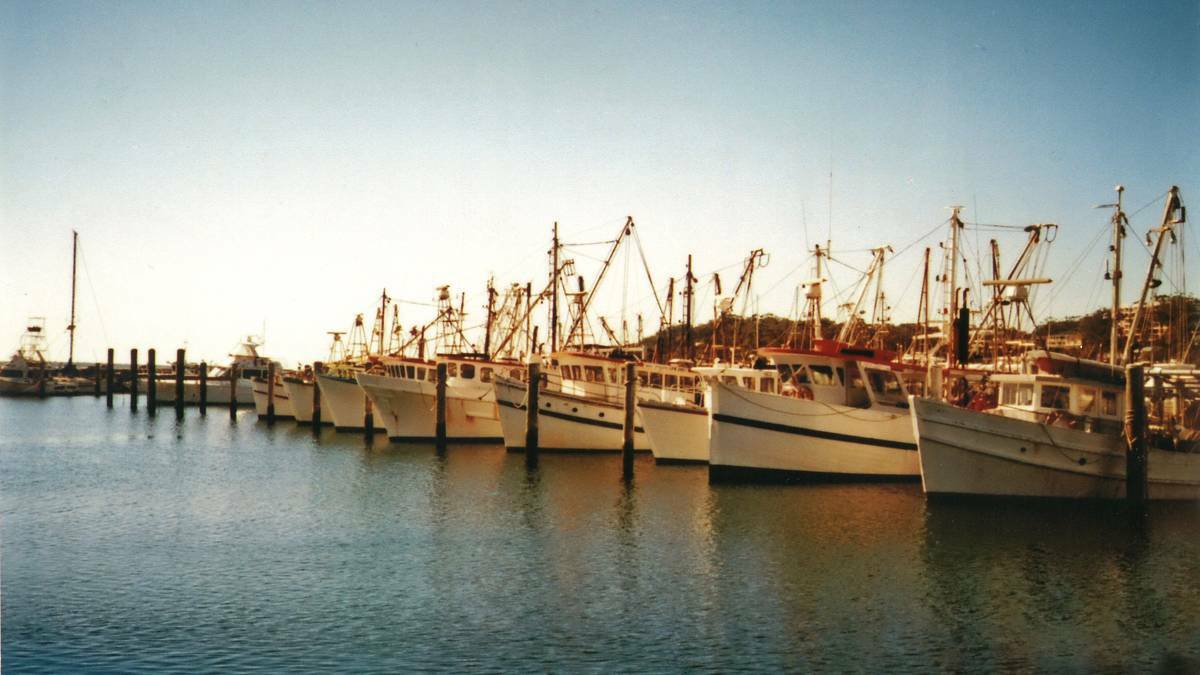
A leading Port Stephens marine scientist has responded to claims made by Examiner fishing columnist John Clarke that the introduction of the marine park in 2005 had contributed to the cause of a reduced commercial fishing industry in the area.
Subscribe now for unlimited access.
or signup to continue reading
Iain Watt, from Soldiers Point, said that the economic extinction of fish stocks - when the cost of fishing exceeds the value of the catch - would inevitably lead to socio economic stress and hardship for all those involved with the fishing industry.
"This, coupled with climate change, is becoming more common globally and unfortunately the NSW fishery is probably not immune, despite the optimism of some fisheries scientists," said Mr Watt, a freelance consultant on community based co-management of marine parks and resources.
"This is already apparent in the greatly reduced local commercial fishing industry. It is certainly true that the local seafood is first class, but to apportion some blame to the marine park for the demise of the commercial fishing industry in Port Stephens is stretching the point.
"By the time the Port Stephens-Great Lakes Marine Park was introduced in 2005, the die had already been cast and the commercial fishing industry along the east coast of Australia was already in severe decline."
For those involved with the Port's enduring fishing industry, locally or globally, back in the 1970s and '80s, it was well known that the global fishing effort (too many boats and fishers) far exceeded the existing fish stocks in most western fisheries and overfishing was rife, says Mr Watt.
"The 1953 Fisheries Convention was the first real attempt to create national and international agreement on fisheries policy and is the basis for what we now know as the scientific approach to fisheries management. But uptake of these concepts was slow," he said.
"It was not until 1959, when the UN Food and Agriculture Organisation (FAO) Fisheries Department had become increasingly concerned about the demise of global fish stocks that fisheries science became more acceptable and slowly grew from there.
"Fisheries science is relatively new and it can be expected that what is considered current best practice will inevitably change with increased knowledge and understanding."
- RELATED READING: Something Fishy: Local seafood is first class

Mr Watt said that from the 1960s-80s, fish stocks were viewed as a free for all, a bonanza, available to whoever could grab the most.
"This led to over capitalisation in the fishing industry by the corporate sector and the need to feed the beast became pre-eminent, leading to political lobbying, political pressure, and economics, science and politics met head on.
"Australia did not engage with international thinking on fisheries management until the mid-1980s, by which time, poor management had resulted in many of the Australian fish stocks becoming severely depleted.
"But it was not until the collapse of some notable fisheries such as gemfish, orange roughy and southern bluefin tuna in the early 1990s that the federal and state agencies started to take action. Presumably many fishers went under during this time due to the collapse of these fish stocks."
The NSW Fisheries Management Act was legislated in 1994 and fisheries managers were recruited to develop fishery management plans with the goal to reduce fishing effort and rebuild the fisheries biomass.
"This typically requires placing limits on the catch and/or the effort, i.e. placing quotas on the catch or reducing the number of fishers," Mr Watt said.
"Australian fisheries are now regarded as among the most sustainable worldwide. Having said that, global fisheries are currently far from sustainable, so this might be a rather low bar.
"The downward trends in the fish populations indicates a need to apply the precautionary principle and certainly not carry on a business as usual approach, especially regarding shallow reef fish populations.
"Fisheries managers are in the unenviable position of trying to balance current fishery needs with historical impacts from by catch and overfishing and at the same time meet demands from fishers, conservationists and politicians.
"The NSW Recreational Fishing Licence Trust Fund Report (NSW DPI 2013) showed that recreational fishing rather than commercial fishing accounted for a greater total harvest weight for five of the 10 target species, including snapper, and that only 20% of the recreational fishers accounted for 60% of the total catch.
"This highlights the effort associated with recreational fishing and leads us back to conditions on the shallow rocky reefs."
Mr Watt said that the collapse of the Port Stephens commercial trawl fishery was certainly not a result of establishing the marine park.
"It was probably a combination of economic stress due to increased running costs, excessive effort since the 1980s and 1990s (too many boats targeting a dwindling stock) and the import of cheaper seafood which led to the natural decline of the commercial fishing fleet in Port Stephens," he said.
"The marine parks cannot be blamed for the demise of the local commercial fishing fleet. In fact, it is probably time to get behind them and especially the sanctuary zones.
"There is a huge body of peer reviewed scientific literature supporting the efficacy of marine sanctuary zones, overwhelmingly considered best practice in marine estate management worldwide.
"A combined approach of fisheries and conservation management is going to be the only way to achieve future intergenerational equity. Rather than argue a moot point, our political masters should be encouraged to provide sufficient funding and support for better managed marine parks and sustainable resource management strategies before the tinnies go the same way as the trawlers."
- ALSO READ: QX disease threatens Port Stephens oysters
Our journalists work hard to provide local, up-to-date news to the community. This is how you can access our trusted content:
- Bookmark www.portstephensexaminer.com.au
- Follow us on Instagram @psexaminer
- Follow us on Twitter @PortExaminer
- Follow the Port Stephens Examiner on Facebook


